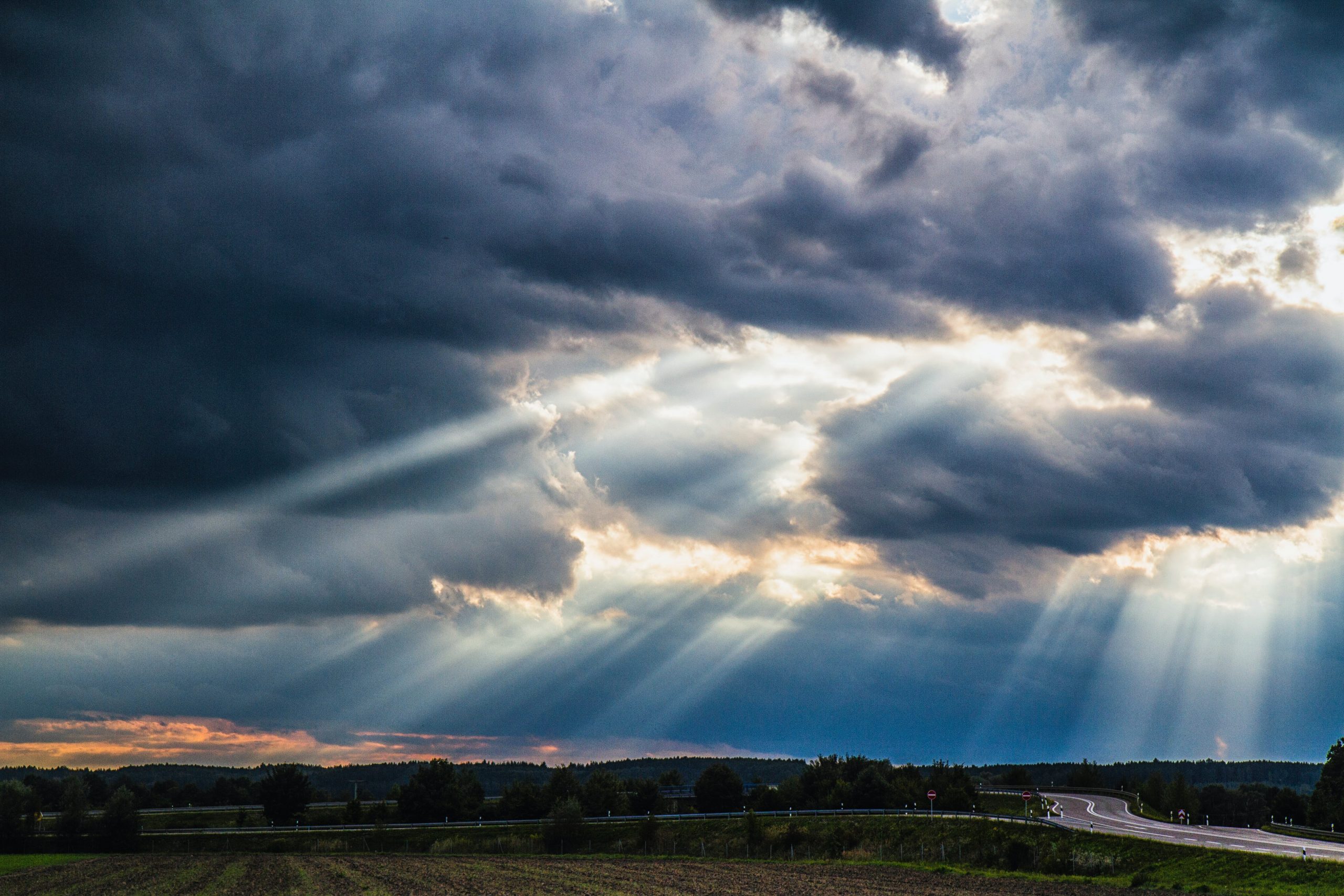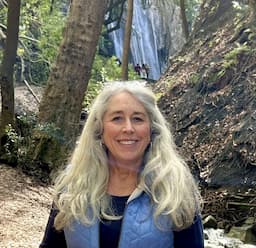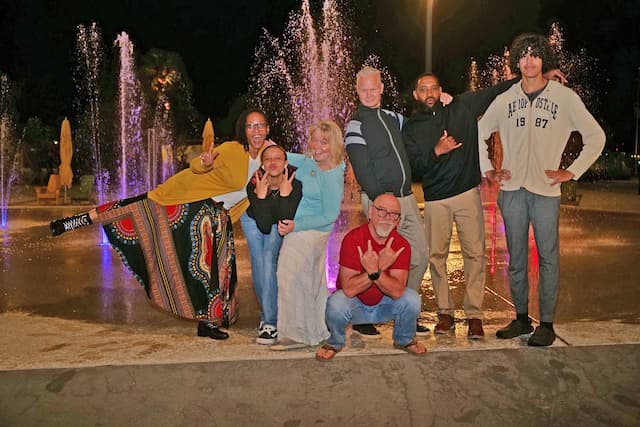Splendor and Majesty ~ Light

This is part of a series, Splendor and Majesty, Knowing God Through His Magnificent Creation. I hope this encourages you to see God throughout your day in His General Revelation of Himself through His creation.
And God said, “Let there be light,” and there was light. And God saw that the light was good. And God separated the light from the darkness. 5 God called the light Day, and the darkness he called Night. And there was evening and there was morning, the first day. Genesis 1:3-5
Have you ever stopped to consider why, before God created anything else, He said “Let there be light?” God, in His infinite power and wisdom, did not need the light to see what He was doing, yet the moment He spoke light into existence, He saw that it was good.
Maybe God created light first because everything else in creation is dependent on it. Anything with life, plants, animals, and people are dependent on light to live, grow, and thrive. Did you ever do that science experiment as a kid where you put one plant in the sun, one under a light and one in a closet? The plant with just the right amount of light is the one that would thrive. We are like those plants, and God knows just how much light we need to survive.
Since creation, light has signified beginnings; beginnings of a new day, more light signals a new season, and less light does the same. When we get up in the morning, we turn on a light and when we go to bed, we turn off the light. God gave us light to wake us up, and darkness to help us rest.
God is a God of order, and we see that from His very first act of creation.
He not only created light first because everything else is dependent on it, but without light, we cannot see. Even though God didn’t need the light to see, He gave it to us and all of creation as a gift so that we could revel in the beauty that surrounds us. Without light, we wouldn’t see color. Without light we would not witness the masterpieces created at sunrise and sunset. Without light we could not gaze into the eyes of our children or spouses.
There is so much we would miss out on without light.
While in Yosemite, I had the opportunity to observe a beautiful Steller’s jay. The colors were breathtakingly deep and vibrant. I just had to be still and observe this simple yet beautiful creature. Eventually, I whipped out my phone and started taking pictures and sending them to the family chat. My park ranger son-in-law, quickly replied with a link to a blog and a picture of two feathers. One was gray, another blue. But interestingly, they were the same feather.
This is an excerpt from the National Park Service blog that he sent me.
“The Steller’s jay is one of the more common birds Yosemite visitors see. It has beautiful blue feathers that aren’t blue at all–that is, they have no blue pigment in them. This is also the case with Yosemite’s mountain bluebirds. Birds with yellow or red feathers usually get their color from pigments in the foods they eat, but the digestive process destroys blue pigments. So how do feathers on mountain bluebirds or Steller’s jays get their blue color?
Feathers are made of keratin, the same stuff your fingernails are made of. As a feather that will become blue grows, keratin molecules grow inside each cell, creating a pattern. When the cell dies, a structure of keratin interspersed with air pockets remains. As sunlight strikes one of these feathers, the keratin pattern causes red and yellow wavelengths to cancel each other out. The blue wavelengths reflect back, giving the feather its color. Different shapes and sizes of air pockets and keratin make different shades of blue. This is what scientists call a structural color (as opposed to pigmented color.)
Next time you see a Steller’s jay or a bluebird consider the amazing way nature has colored its feathers.” NPS
I would encourage you to not just consider the way nature colors the birds but recognize the way God colors the feathers of every bird, the leaves of every tree, the brilliance of every flower, shades of the purple mountain majesty and gorgeous hues of the ocean. See all that God, The Intelligent Designer, has made and, like Him, acknowledge that it is very good.
When I read that quote from the National Park Service, my heart immediately had a flood of scripture and biblical application for understanding this phenomenon that wouldn’t have occurred without light.
For God, who said, “Let light shine out of darkness,” has shone in our hearts to give the light of the knowledge of the glory of God in the face of Jesus Christ. 2 Corinthians 4:6
When His light is shining in us and on us, we are made beautiful. The Light brings to life all we are meant to be. We who were once dead, now live. We who were once blind, now see.
Let your light shine before others, so that they may see your good works and give glory to your Father who is in heaven. Matthew 5:16
He lights the path we are to take and gives us light to do the work He has planned for us. This light is what points others to the Light of Life.
Arise, shine, for your light has come,
and the glory of the Lord has risen upon you.
Then you shall see and be radiant;
your heart shall thrill and exult…
Who are these that fly like a cloud,
and like doves to their windows?
For the coastlands shall hope for me...
…for the name of the Lord your God,
and for the Holy One of Israel,
because he has made you beautiful.
Without the light we would not see the brilliance of that Steller’s jay and all his radiant color. Before the light was in us, we were without life, one dull gray color. When we have the Light shining in us, we become beautiful, vibrant, brilliant, colorful reflections of the Imago Dei… the Image of God.
Oh Lord, help me to let your light shine through me. Please allow your image to be reflected in my life, so that others may be drawn to you. In Jesus name, Amen.






